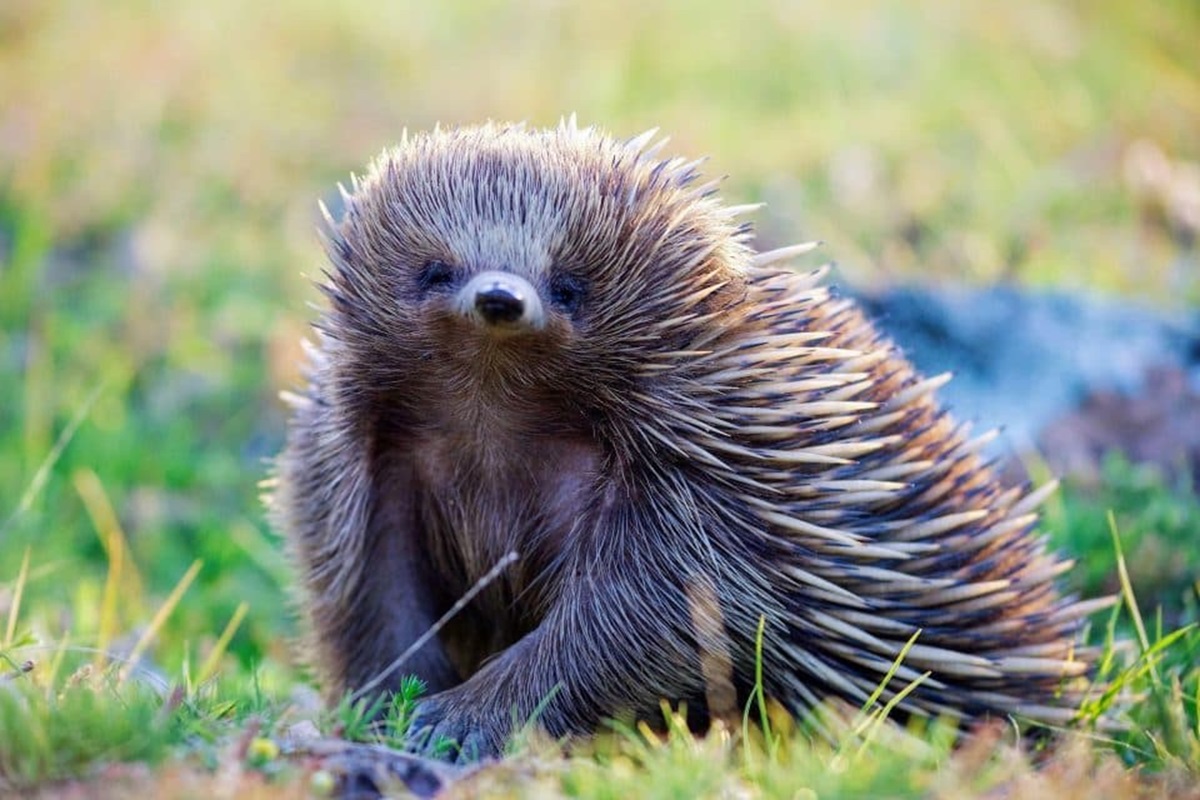The recent discovery of opalized jaw fossils in New South Wales’ Lightning Ridge has significantly advanced our understanding of prehistoric monotremes, a unique group of egg-laying mammals that once thrived in Australia. These remarkable fossils, dating back to the Cenomanian Age of the Cretaceous Period (between 102 and 96.6 million years ago), provide a glimpse into a lost world where diverse monotreme species dominated the continent’s landscape.

Uncovering a “Whole New Civilization”
Led by a team of eminent scientists from the Australian Museum (AM), Museums Victoria, and the Australian Opal Centre, this groundbreaking study has shed light on a crucial era in Australia’s ecological history. Professor Tim Flannery, a key figure in the discovery, aptly describes the significance of these fossils, stating, “Discovering these new fossils is like uncovering a whole new civilization. Australia is known for its marsupials today, but these findings hint at a former era dominated by diverse monotremes.”
Evolutionary Insights and Dental Adaptations
The research team, including Professor Kris Helgen, Chief Scientist and Director of the Australian Museum Research Institute (AMRI), analyzed the fossils in detail. One of the newly discovered species, Opalios splendens, is particularly noteworthy, as it appears to bridge the evolutionary gap between the platypus and echidna. “Opalios splendens sits on a place in the evolutionary tree prior to the common ancestor of today’s monotremes. Its anatomy suggests a blend of platypus and echidna traits,” explained Professor Helgen.
Diversity and Ongoing Research
The diversity uncovered at Lightning Ridge is unparalleled, as Dr. Matthew McCurry, Curator of Palaeontology at AMRI, explains: “The site has revealed six different species of monotremes, suggesting it was once the most diverse monotreme habitat known to science. This discovery significantly expands our understanding of their diversity.” These insights are complemented by the ongoing efforts of researchers like Dr. Thomas Rich and Professor Patricia Vickers-Rich, who continue to unravel the mysteries of ancient life through fieldwork and paleontological studies.
Significance of Opalized Fossils
The opalized fossils discovered at Lightning Ridge are not only scientifically valuable but also aesthetically stunning. Elizabeth Smith, associated with the Australian Opal Centre, emphasizes the rarity and significance of these finds, stating, “Finding opalized monotreme fossils is exceptionally rare. Each discovery offers a precious glimpse into a world where these ancient, furry egg-layers thrived.”
Leave a Reply